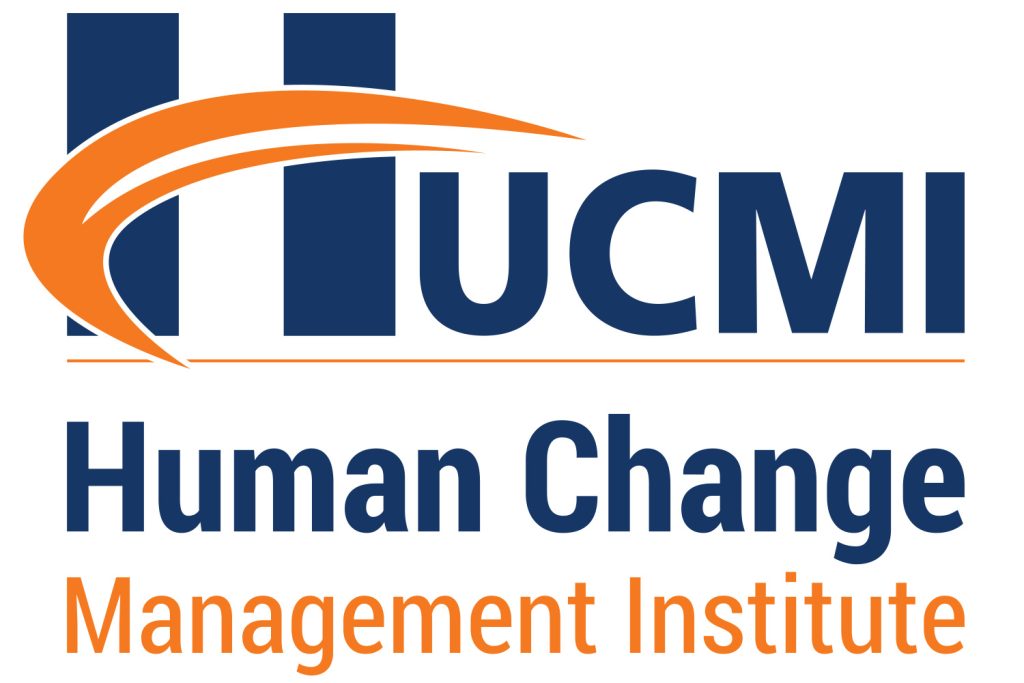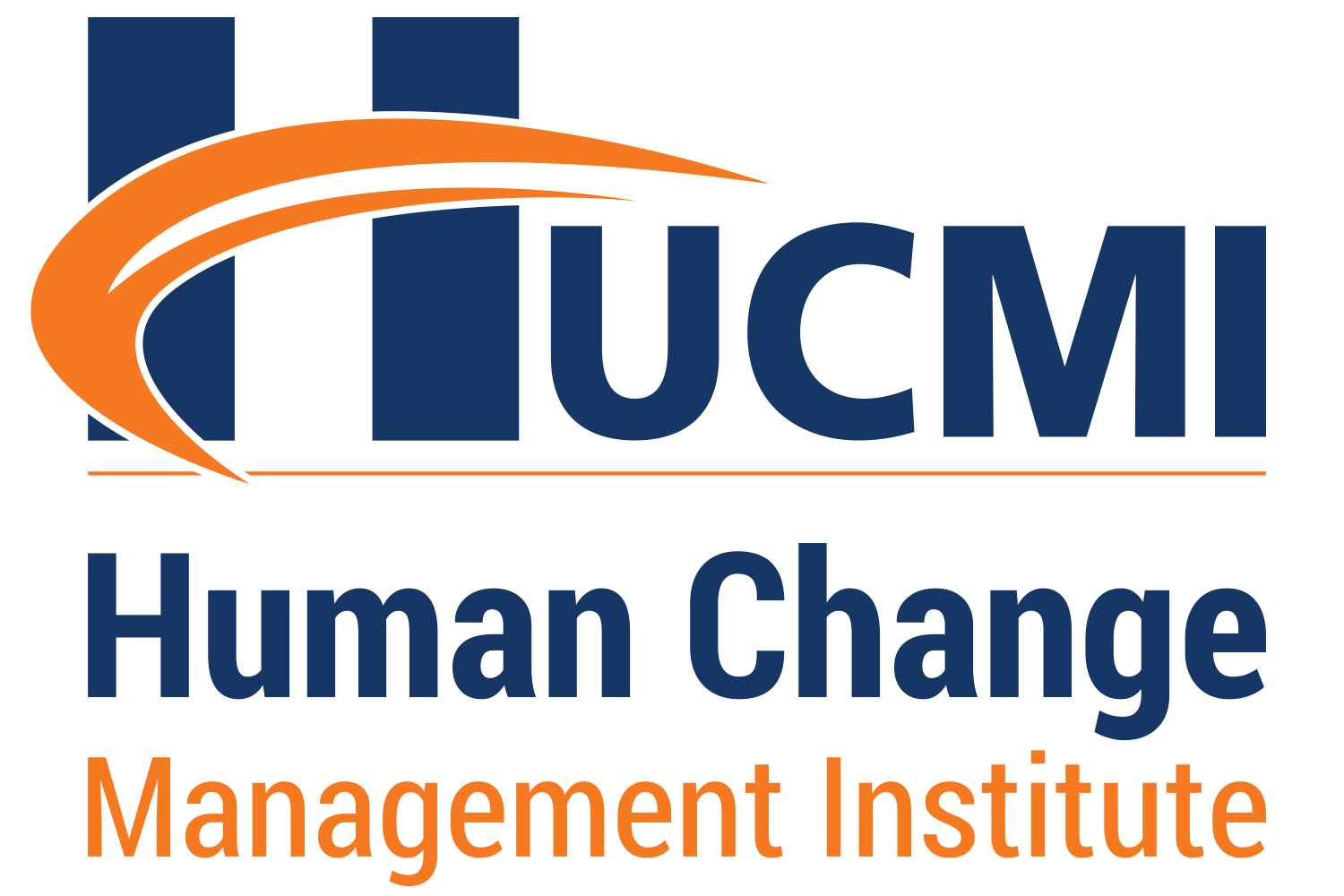This article is part of the series that deals with the role of the Leader in the Management of Organizational Changes. If you haven’t read the first article in the series, I recommend you do so before diving into this: https://changemanagement.software/the-leaders-role-in-the-change-management-discipline/
I quite certain that in your undergraduate or even post-graduate pursuits, you have unlikely heard of the leader’s role as the major sponsor of the changes. The leader is an active agent of organizational transformation and will largely influence the success or failure of the desired changes.
If you are the change leader, you are ultimately responsible for making it happen and this is not a delegable responsibility.
Leaders play a very important role in organizational transformation. They should be the first to communicate changes, enthuse, motivate and inspire. It is necessary to explain why changes are important and necessary, because people do not engage in what they do not understand.
Every change process is complex and needs a sponsor, a person with power and support to demand changes, accompany it and intervene when necessary. Having the right person in the role of leader as the sponsor in managing organizational change is a key differentiator for project success.
The sponsor is an active agent committed to change and ultimately responsible for the result achieved. While a team will work on change management activities, the sponsor should be primarily involved in leading the change.
“The Leader should act as the main Sponsor in the Management of Organizational Changes“
(HCMBOK® – The Human Change Management Body of Knowledge)
Change activities can be intense, especially in relation to the definition and communication of the purpose of change, that is, WHY change is necessary. There are also a lot of strategic, tactical and even operational activities related to the performance of the sponsor. Among the main ones, we can highlight:
- Review and discussion of the Strategic Change Management Plan.
- Conflict management.
- Activities to promote stakeholder engagement and reduce the strength of antagonists.
- Persuasion of the undecided stakeholders.
- Team motivation.
- Performance in participatory decision-making processes.
- Validation of roles and responsibilities.
- Support in the creation of the chain of co-sponsors.
- Participation in the governance model of the project, events, celebrations, recognition.
- Support of changes during the sustaining phase.
The sponsor needs to understand his/her role well, demonstrate commitment to changes and this requires availability to act on the project.
A good practice is to present, since the elaboration of the Strategic Change Management Plan, the vision of the future state of the organization, the drivers of the changes. In addition, it is necessary to discuss the preliminary identified challenges, objectives and goals to be achieved, expectations regarding the benefits and impacts that may arise depending on the project.
The greater the credibility of the sponsor in front of the staff, the greater the reflection of its sponsorship to excite stakeholders and boost the process of change.
Best practices for the Leader’s performance as the Sponsor in Change Management
Even with a good sponsor leading the changes, there will always be a need to get co-sponsored from other leaders. Creating a solid chain of co-sponsors and keeping it aligned is another key activity of the change leader. The desired situation is that leaders of all levels are engaged, act as co-sponsors and “sell” the change to their leaders.
Large or high complexity projects can demand the sponsorship of the company’s top management, sometimes from the top tier – the company’s own CEO. In these cases, sponsorship should be extended to a committee (or collegiate), a group of high-ranking leaders, with enough representation to support the change at times when the formal sponsor is unable to directly engage in project demands.
This committee must have a coordinator with sponsor support for immediate decision-making. The ideal scenario is that all committee members are of the same hierarchical level and are positioned in the organizational pyramid just below the sponsor.
The Coordinator is the one who orders together and, therefore, with the use of this denomination there is no hierarchical weight of this position in the committee, which also has direct responsibility for the introduction and consolidation of changes.
The committee exists for exceptional cases. The leader of change needs to be present and active as much as possible. It is his/her attitudes that will influence people.
Except in exceptional cases, a project must have a single formal sponsor. When you have two or more sponsors, there is a need for constant alignment between them in order to prevent dubious messages from reaching other stakeholders.
Leaderships risks related to the Sponsor role in Change Management
Changing the sponsorship role on any project should be avoided whenever possible. The repercussions of this change can tremendously affect stakeholder engagement, particularly when the successor’s style is very different from its predecessor.
The worst situation we can imagine is the sponsor – be it the same from the beginning of the project or a substitute – not showing engagement in change. In our experiences as consultants, we have seen cases in which the sponsor acted as the main detractor of the changes. In these cases, if the political environment allows, it is better to rediscuss the relevance of the change in relation to the company’s strategy, since there is little chance of the project achieving its strategic objectives. It will probably be cheaper to cancel it than to move on and create a milestone of failure in the transformation of the organization. In many cases, unnecessary costs will be created by the project without achieving the benefits.
It is also necessary to consider the impact that a project that is unsuccessful due to lack of sponsorship will have on future projects and programs. The organizational culture may create or reinforce the myth that changes are not desired or acceptable and, even worse, the taboo that projects, once started, even if not aligned with strategic guidelines, cannot be suspended or cancelled.
Every change is an opportunity to reinforce adaptability as a key feature of organizational culture. The change leader needs to have this broad vision, acting as a sponsor, but also supporting the continuous cultural transformation, so that the organization expands its competitive advantage.
Vicente Gonçalves
CEO of Human Change Management Institute – https://hucmi.com/

About HUCMI and HCMBOK Training and Certification Program
Want to learn more about HUCMI’s international training and certification programs? Visit us on: https://hucmi.com/gestao-de-mudancas-treinamento-e-certificacao/
Follow us on social networks and stay connected in everything the most modern and innovative that happens in the universe of organizational change management: https://linktr.ee/hucmi

